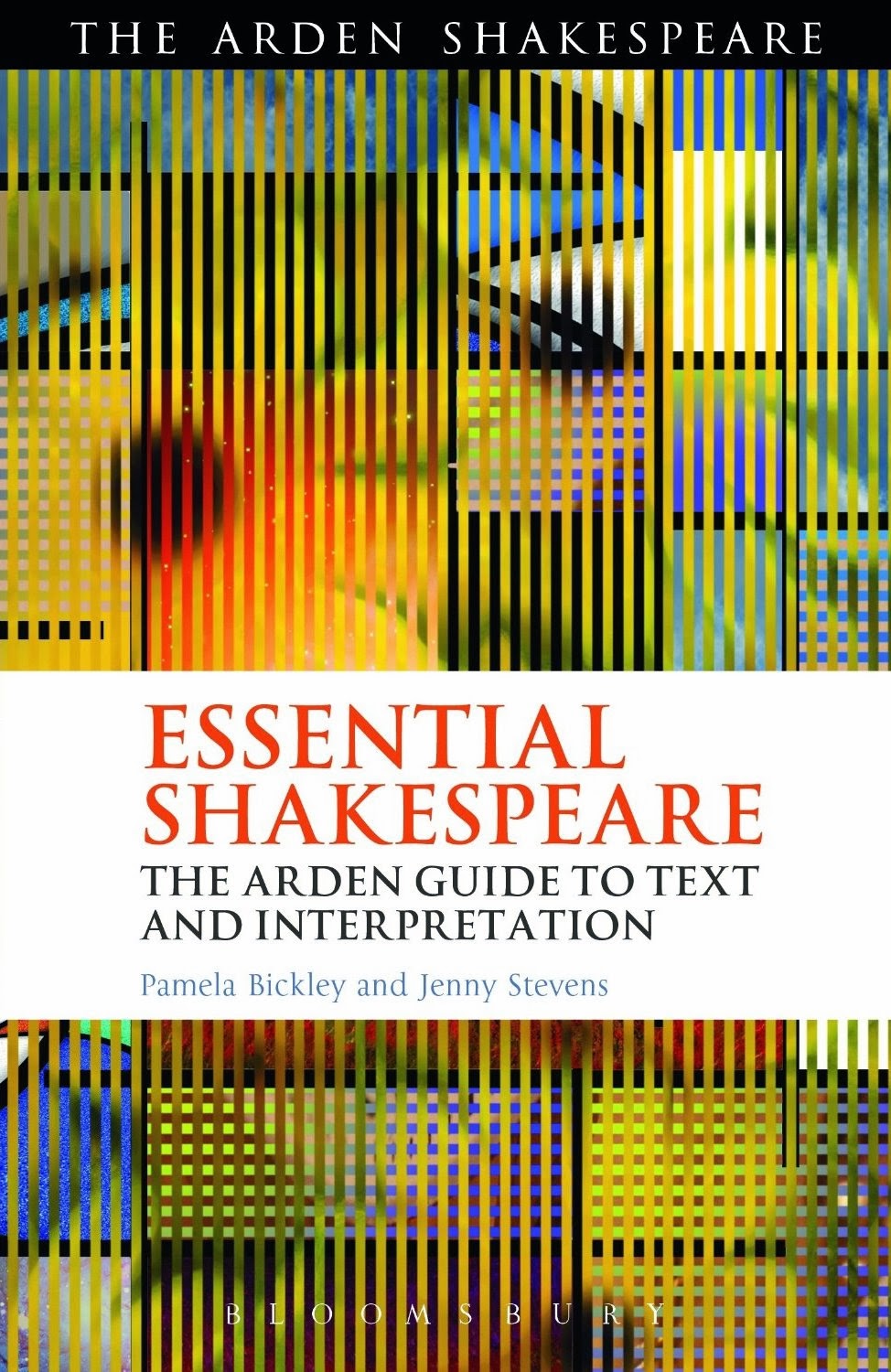Essential Shakespeare: The Arden Guide to Text and Interpretation by Pamela Bickley & Jenny Stevens
Published by Bloomsbury
Review by Peter King
Playwrights probing the minds of tyrants in the Elizabethan and Jacobean era were playing with fire – and Shakespeare, despite charges of toadying to the Tudors in his portrayal of Richard III, liked to live dangerously.
Quoting Lear’s remark, ‘When I do stare, see how the subject quakes,’ the authors of this introduction to 14 of the most commonly-studied plays comment: ‘It is extraordinary to reflect that Lear’s words were first spoken before James I.’
The Stuart who brought the divine right of kings to England argued that it was unlawful for people to shake off the burden of a wicked monarch sent by God as a curse for his subjects – and may well, therefore, have balked at the slaying of the butcher, Macbeth.
As well as walking a perilous tightrope, Shakespeare was also prepared to challenge the thinking of his time.
Considering a postcolonial view of Antony and Cleopatra, Pamela Bickley and Jenny Stevens argue that instead of the conventional image of imperial conquerors signalling their victory by taking sexual possession of the subjugated nation’s womenfolk, the play ‘presents a white man taken sexual prisoner by a black woman’.
Another received idea is turned on its head in A Midsummer Night’s Dream, in which Shakespeare is said to undermine brilliantly the usual pattern of a god assuming the form of a beast in order to satiate his lust for a vulnerable mortal maiden.
Ranging across critical theory and practice, early modern contexts, close reading and performance and production, the authors provide a rich mine of contemporary perspectives.
You cannot imagine their subject writing a book called Essential Shakespeare or throwing off sentences such as ‘They need to endorse normative values and re-possess their cultural superiority in order to return to their hierarchized world.’ And Stratford’s favourite son, with his little Latin and less Greek, would surely have jibbed at the diction, with words such as ‘alterity’, ‘ludic’ and ‘heteronormativity’ jostling with phrases that include ‘companionate marriage’ and ‘polysemic potential’.
But if he had had world enough – and time – to analyse his output, he would no doubt have appreciated the chance to mug up some critical terms from the glossary at the back of this book and would have enjoyed twitting his rivals with a grandiloquence they could never hope to muster.



